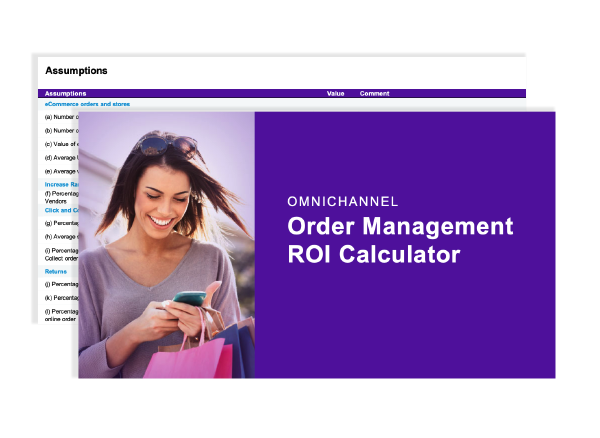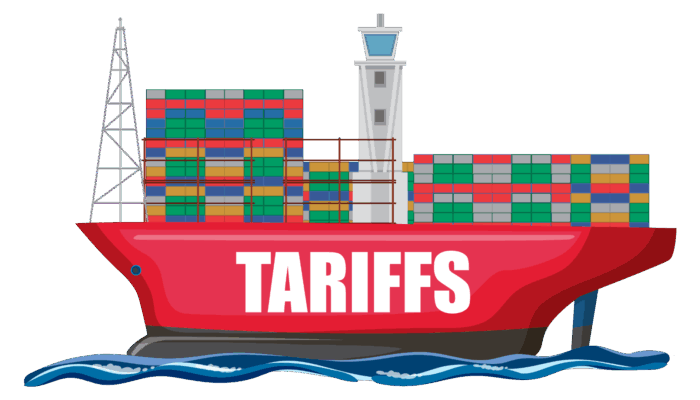“Misery acquaints a man with strange bedfellows.”
William Shakespeare, The Tempest
2020 just got even more interesting. While the UK has a long history of blending mid-to upper tier general merchandise with grocery (think Marks & Spencer or Harrod’s), in the U.S., this mix has mainly been at the lower range (like Wal-Mart and Target). But that’s about to change.
Kohl’s + Amazon Grocery
Some Kohl’s stores will soon boast an Amazon Grocery ‘store within a store’. It’s yet another creative way for Kohl’s to increase foot traffic, and make their smaller format stores more operationally efficient. When it comes to boosting your stock price, profit per square foot is key, and Kohl’s is no stranger to experimentation.
Since 2017 Kohl’s partnerships have included Planet Fitness, Aldi, and the acceptance of Amazon returns in their stores. By 2019 the Amazon returns program had rolled out to all Kohl’s stores nationwide. And their focus on smaller stores and partnerships seems to have paid off. Analysts expect them to survive the recent downturn. However, other brands have found a new lease on life too, but from a different type of retail partnership.
Mall Operators + Brands
There has been a lot of focus on the fate of brick and mortar stores. Especially stores in malls. So, with ever-decreasing foot traffic, mall operators have taken a novel approach to retailers teetering on bankruptcy. They’ve bought them.
Mall operators Simon Property Group and Brookfield Property Partners recently announced the acquisition of failing retailer J.C. Penney. Not only does this preserve over 70,000 jobs for J.C. Penney, it guarantees an anchor tenant in the hundreds of malls operated by Simon and Brookfield. It’s a win-win.
Continuing in this vein, Jamie Salter, founder and CEO of Authentic Brands Group, and David Simon, CEO of the Simon Property Group, have acquired such struggling brands such as Brooks Brothers, Lucky Brand denim and tween retailer Forever 21. The same logic holds. If a brand stays in business, it will continue to pay its rent to the mall and bring in foot traffic, which will attract more tenants.
Retail Partnerships a Trend?
The question is, are these examples of strange bedfellows in retail outliers or a trend? It looks like a trend. Those with existing store footprints—or transportation networks—are bringing their foot traffic to the bargaining table in retail partnerships that range from existing brick and mortar stores, pure play brands, and even telecom. Consider this:
- Walmart and Verizon are currently collaborating to add 5G capabilities to retail locations. The increased connectivity is intended to help Walmart implement digital health solutions to supplement its retail store pharmacy business, so doctors and patients can talk using video chats, as well as easily share medical data. While Walmart benefits from adding a new source of revenue, Verizon benefits by demonstrating to other companies the value of 5G technology.
- Walmart has also partnered with Apple to make its voice order grocery shopping service available on Siri. Customers can use a new Siri shortcut for online grocery to start adding items directly to their Walmart online grocery cart, after they’ve paired their accounts. Watch out Amazon.
- Speaking of Amazon, the global e-tailer has teamed up with ride-share service provider Lyft as a way of keeping up with the surge in demand for online grocery deliveries. Elsewhere across the globe, Lyft competitor Uber Eats announced it is partnering with France’s Carrefour, Spain’s gas station chain Galp, and pharmacies and convenience stores in Brazil.
- Canadian drugstore chain Rexall has partnered with Staples to offer curated office supplies in all of their 317 locations. Category management teams from both brands have partnered to analyze the customer needs in Rexall’s markets and offer only the products that meet those customers’ requirements.
- Australian department store chain, Myer, is now a pickup location for Amazon orders.
Pure Play + Brick and Mortar
For pure play brands without a brick and mortar presence, retail partnerships provide a place to interact with their products in person. When Target saw its share in men’s shaving products dip, it partnered with Harry’s Razors to become the exclusive physical provider of their blades and handles. So far, about 50 percent of Target’s razor handle sales and about 15 percent of its cartridges now come from Harry’s.
The rationale for this trend is obvious. Brick and mortar retailers need to breathe more life into their store experiences with a wider variety of products and services. Meanwhile, pure plays and other service providers are looking for new customers whom they aren’t already reaching. This creates endless opportunity for both participants in the retail partnership, namely customer data.
The Quest for Customer Data
Take the Target/Harry’s partnership for example. Prior to the collaboration, the most valuable data Harry’s could capture were its on-site sales. Yes, they could see which products are most popular, but they couldn’t measure how they stacked up against the competition. But now they can. With their products adjacent to Proctor and Gamble’s on the Target shelves, they can use buying pattern analyses to see everything from top sellers, to market trends across the competition. But for a retail partnership to work, data sharing has to be a two-way street.
Harry’s brings a wealth of data on its loyal e-commerce customers. With their subscription model, Harry’s understands the frequency of each customer’s purchases along with their likes and dislikes. To Target, this a whole new trove of data to be mined to apply to in-store selections and presentation.
Maximize store traffic
The true test of each of these retail partnerships will be whether they result in increased sales for both parties. And when it comes to physical partnerships, the more often a customer comes to one store, the more likely they are to also buy from the other. So Click and Collect or Buy Online Pickup In-Store (BOPIS) can play a critical role.
According to Business Insider, almost 70% of US consumers have bought online and picked up in-store. What’s more,
- 50% of shoppers said that they’ve decided where to buy online based on whether they could pick their orders up in-store.
- The most popular reason shoppers gave for using BOPIS was saving on shipping costs, with 48% citing it.
- Beyond shipping savings, speed (39%) and convenience (28%) were the two most cited reasons for using BOPIS, suggesting that quality BOPIS offerings enable customers to get orders faster than shipping and make the process as efficient as possible so that it fits neatly into the customer’s schedule.
And here’s the kicker:
- A resounding 85% of shoppers say that they’ve made an additional in-store purchase while picking up an online order, and 15% say that they do so “somewhat frequently.” One of our clients has an average rate of 20%. You can read the case study here.
To succeed with Click and Collect or BOPIS, a retailer needs to get its inventory accuracy in order. Customers need to know what’s available in-store (or nearby) before they commit to a purchase. To achieve this, a best-in-class Order Management System is key.
The need for integrated inventory
Whether it’s a partnership between a retailer and a mall operator like Simon and J.C. Penney, or a retailer and a pure play like Target and Harry’s, enterprise inventory visibility will be the key to success. Imagine how much more powerful Simon Properties can be once it knows exactly which products are driving foot traffic and sales at each store. This would allow them to be more strategic in which brands they attract to their properties. Or, for Harry’s, how important it is that their inventory system seamlessly connects with Target’s to provide up-to-the-minute visibility into what products are moving at what rate.
One thing is certain. Retail partnerships are the wave of the future. What remains to be seen is how well these separate companies will be able to integrate their technology and maximize the opportunities created by working together.




